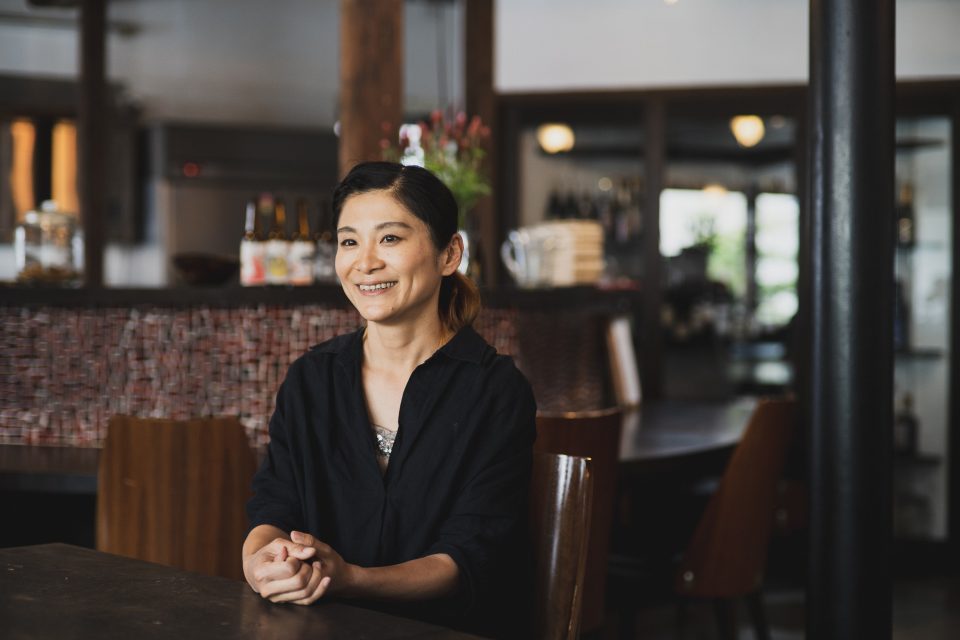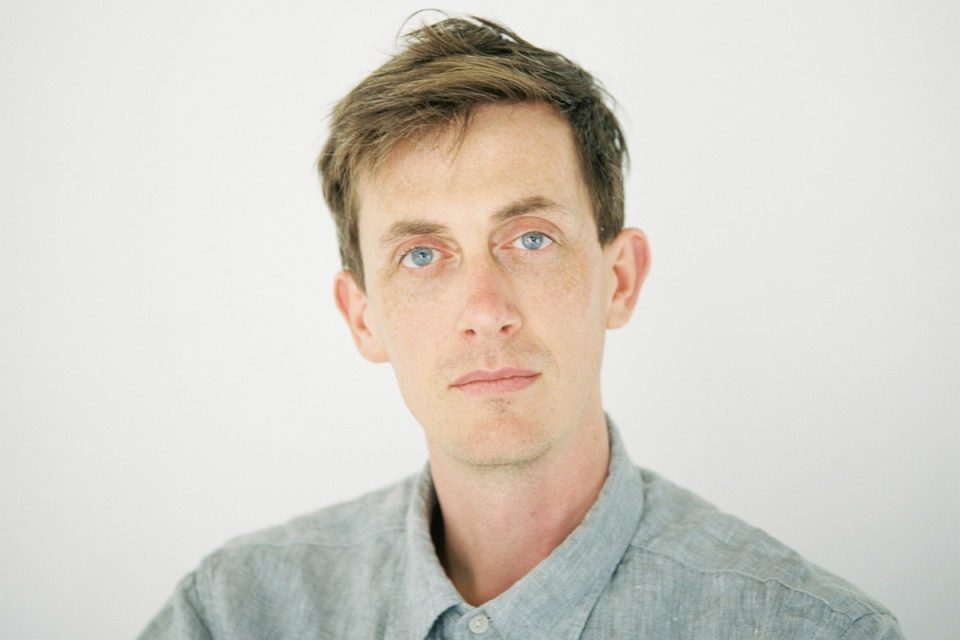Vol.01
Why are you here?
From other countries, to Kamiyama
People often remark that there are a lot of foreigners in Kamiyama, but where did they come from? What is it like for them to be living in this town?
Episode 1
Manus Sweeney from Ireland
April 6, 2020 release
Manus Sweeney and his partner Sayaka Abe run a little brewery at the foot of a little mountain in Kamiyama, called Kamiyama Beer*1. It opened in summer of 2018. They moved to Kamiyama from the Netherlands five years ago. It’s a fun place where people often gather.
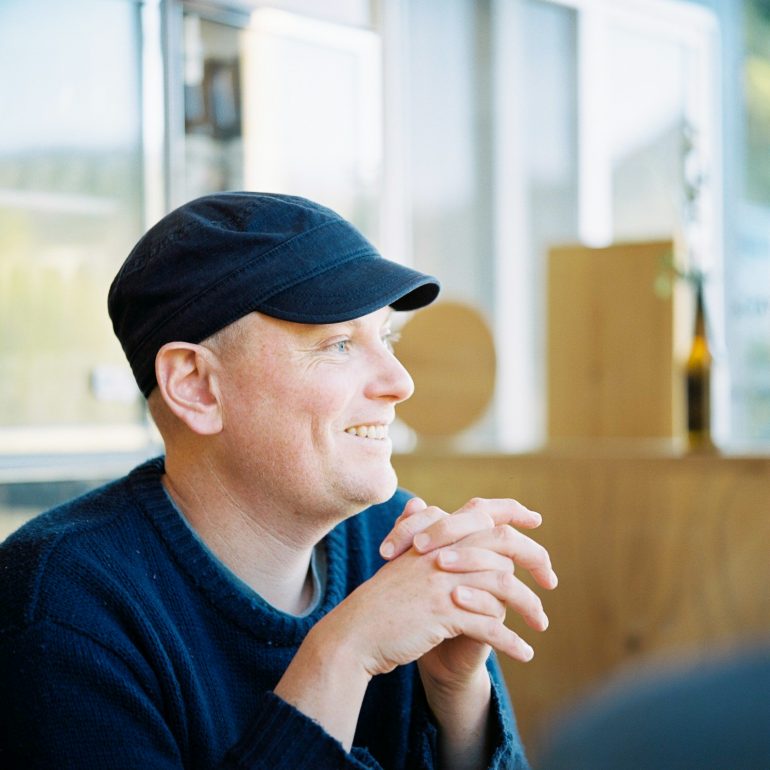
Connected to Beer. The Start of a Nanobrewery.
Where did you come from, and what are you doing now?
ManusI’m originally from Ireland. Before I came here, I had lived in the Netherlands for 15 years. I had come to Japan several times before, but always as a tourist, until I came to Kamiyama. That was in 2013. Sayaka (Manus’ partner) came here as an artist in the Kamiyama Artist in Residence*2 and I came along with her.
After that we talked, and moved here from the Netherlands in 2016.
Last year (2018) we began a small brewery. We wanted to make a brewery for the locals. Our goal is to operate on a local level, so we make it here, and the people who drink it are people who live here, or come here. Selling it outside is not the priority.
It has been about ten months since you opened. How is it going?
ManusIt’s challenging but satisfying. I can’t do it all by myself, so it's like a family business. We’re still looking for a way to balance the responsibilities.
I do the brewing mostly by myself, and it’s a lot of work, but that is the most fun for me. I have to work on finding good quality, good processes, and good rhythm. It's a big challenge, but it’s fun finding solutions to problems or trying to improve techniques and processes. It’s challenging but it's not really stressful.
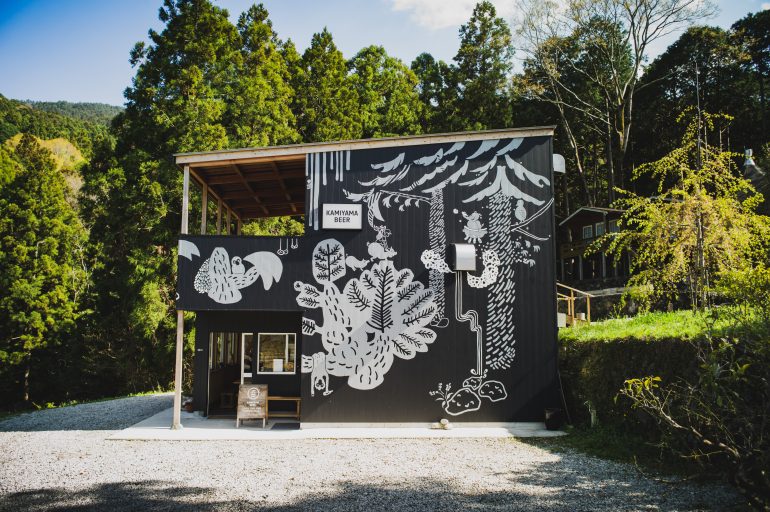
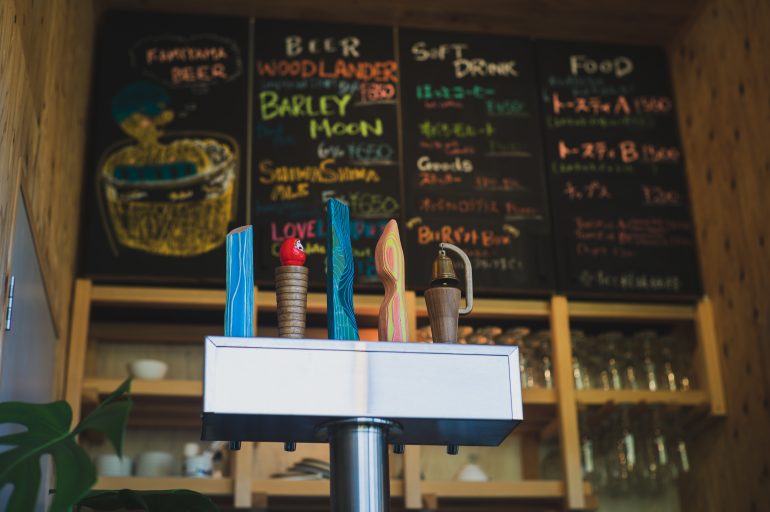
What are the characteristics of your beer?
ManusBrewers around the world are all researching what sort of combinations of ingredients they can use to make unique beers, and there are a lot of unique beers out there. I'm not trying to compete on uniqueness. More than that, I just want to make good beer. Beer that I want to drink. And I want to make it using natural, local ingredients.
I don’t have a strategic business plan, I just want to make Kamiyama Beer a fun place. I want to use our backgrounds aside from beer to make this a fun place for lots of different people.
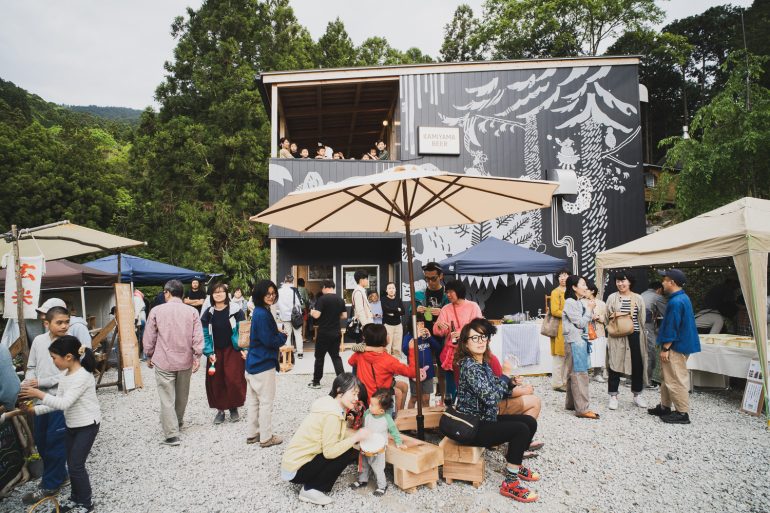
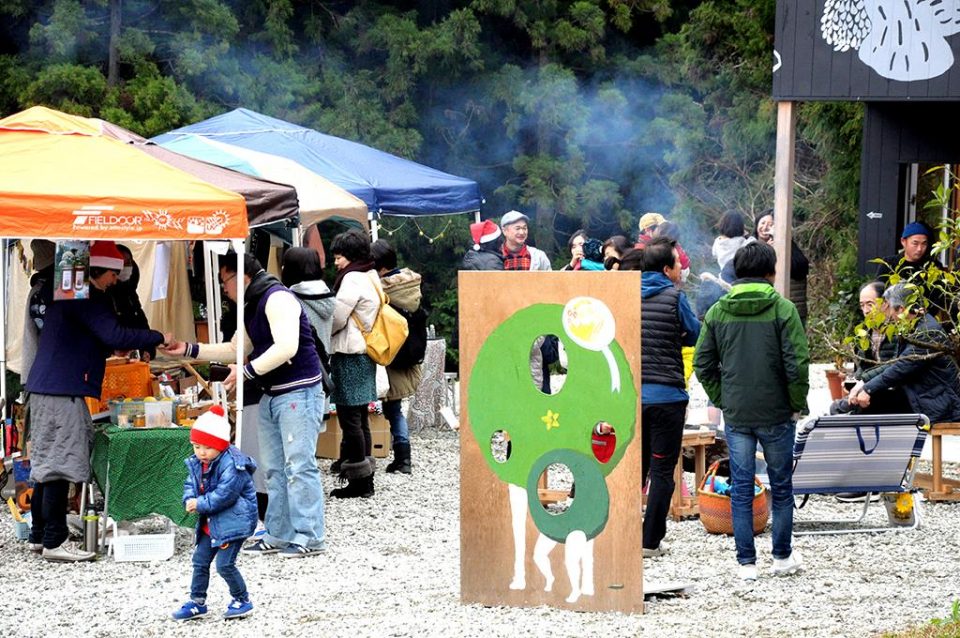
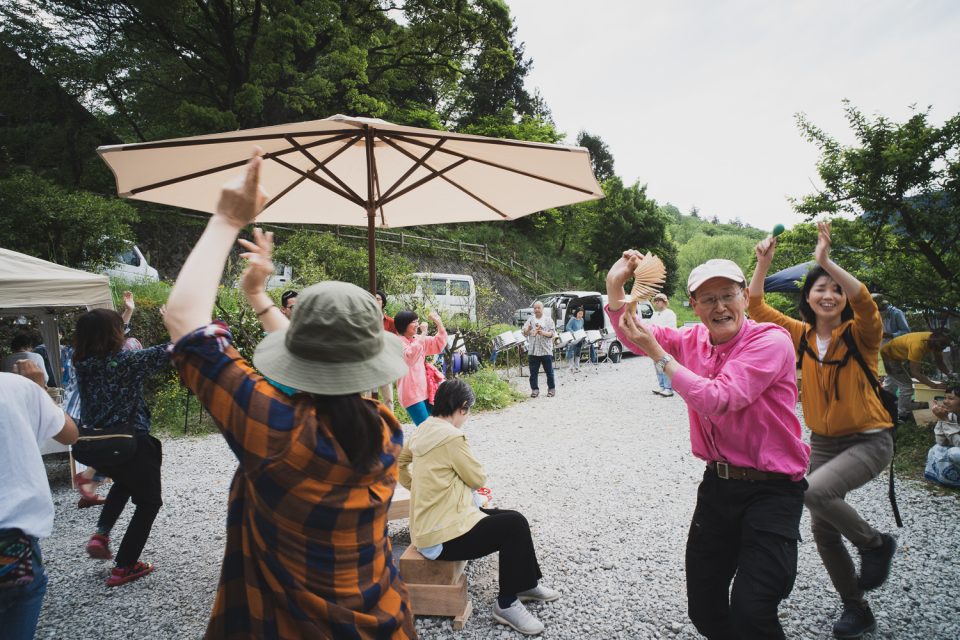
Could you tell me what the good points are of a nanobrewery (a nanobrewery is even smaller than a microbrewery)?
ManusI think it’s easy to find a balance between the profit earned from the work and the fun in the work.
Many breweries increase production once they begin to sell well, but I don't think that necessarily means they are a success. Once you increase production, it makes it harder to strike a balance between the joy of working and a fulfilling lifestyle.
Would you say it’s also about being able to do it without hiring any staff?
ManusYes. Right now it's me and Sayaka, and one other person. We’re doing it with three people and sometimes we’ll have other people come and help. It’s about being able to do it at that scale. The production volume is small so the beer stays fresh. The other places where we sell it are close-by, so we can avoid it sitting on the shelf for a long time, losing freshness.
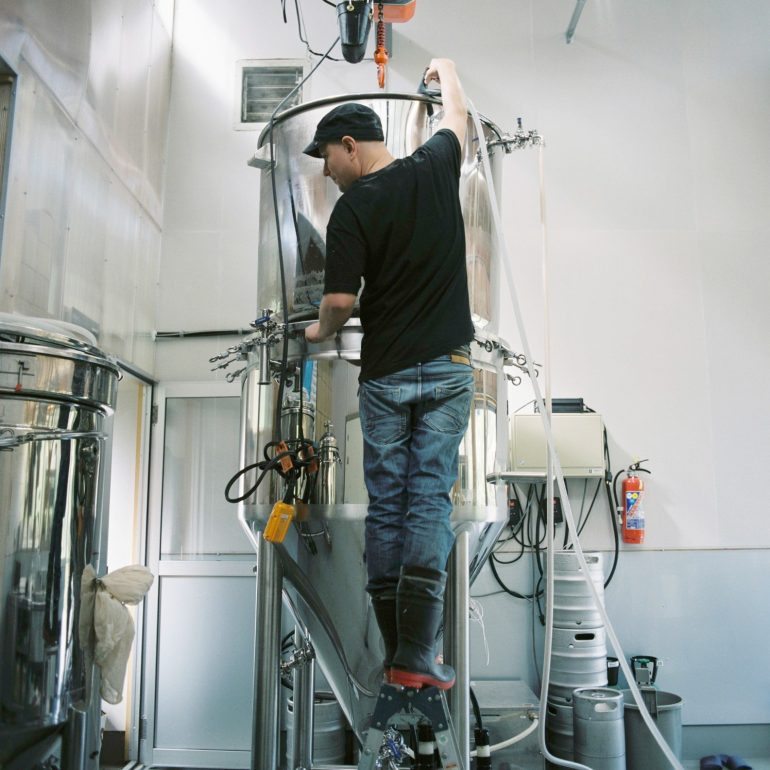
When it is mass-produced, I think you develop a distance from the beer and lose touch with what it was you were trying to do. But with this amount, what can I say, you retain a connection to the beer. (laughs) You can retain a sense of keeping an eye on what you’re making. I think I could keep that up to about 1.5 times of our current production.
Although it's the countryside, it’s appealing because there's a lot going on and more people are coming
You’ve come to a country where you don't speak the language, to an unfamiliar town, and you've started this project. I think the people reading must be wondering what sort of encounters led you to this point?
ManusIt’s a mystery. (laughs) It would take about two hours to explain it all properly. Even now, I find myself thinking, “How did I wind up with this brewery?” It's like magic.
The main point is that I met a lot of people. One of those people is Mori-san. He is the owner of the campground next door (Cotton Field), and he is also one of the honorary members of the KAIR executive committee, and he was very kind to me when I first came to Kamiyama.
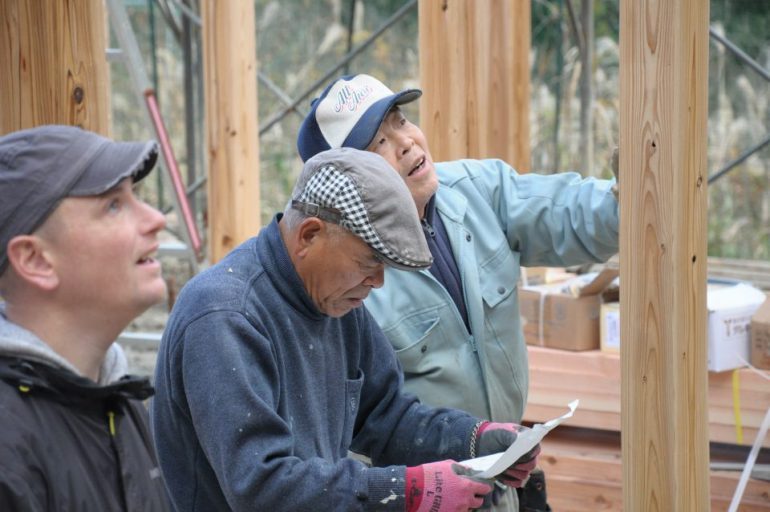
Construction of the brewery. On the right in back is Mori-san. https://www.in-kamiyama.jp/diary/31006/
Mori-san owns this land, and when I was thinking of starting this project, he proposed that I do it here.
He has knowledge of construction, and through his connections we found a window fitter and a carpenter. My friend from the Netherlands drew up the plans, but Mori-san explained it to the carpenters.
He's a very open-minded person, and when the carpenters might say “I don't know if we can do that…” he'd come back with “that's interesting” and “how can we make it happen?”
The liquor tax law was just about to change and our project wouldn't have been able to go forward if it were any later, but he enjoyed the challenge. He believed in us and came onboard to do it together.
How was it that the two of you came to live in Kamiyama in the first place?
ManusMy partner Sayaka (Sayaka Abe) was invited to participate in the Kamiayma Artist in Residence program in 2013, and I was asked if I wanted to come along as a member of her family.
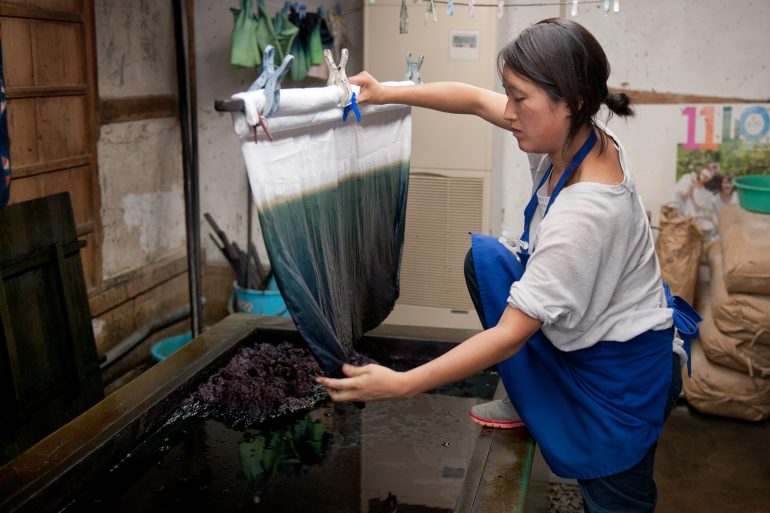
KAIR 2013 Photo: Keizo Konishi
At first, I wasn’t that interested because I didn’t think there would be anything for me to do in the countryside of Japan, but I came and stayed in Kamiyama while she worked on her art for three months.
At that time, you were still a visitor. When did you begin living here?
ManusAfter the three-month residence ended, we went back to Amsterdam. A lot of people asked us how it was in Kamiyama. As we talked about it, we began to think about when we might come back again. (laughs)
Then, three or four months later, the two of us came back for a Bed & Studio program (a program where artists come and pay for their own accommodation and atelier space).*3 As we went back and forth like that, we began to think about moving to Kamiyama and changing our home base.
How did you talk about Kamiyama with your friends overseas?
ManusWe were really into it and felt like “Kamiyama is great!” but it was hard to explain it to people who don't know about it.
We'd tell them things like, when you come home there are vegetables left on your doorstep, and the local farmers market has lots of local seasonal vegetables. We told them about the artist in residence program and about the relationship between the program and the local people. The amazing support. That’s the sort of stuff we talked about.
The reason we decided to try moving here was the good balance in the local community. Although it’s the countryside, it's appealing because there’s a lot going on and more people are coming.
Also, back in the Netherlands I had just begun taking an interest in things like local economics and local consumption.
What sort of work did you do in Amsterdam?
ManusI began working as a freelance filmmaker and editor in 2008.
And you’ve had enough of that?
ManusBefore that I did office work. Filmmaking was a tool to become independent, freelance. So it was a great way to become independent, and I enjoyed it and put my passion into it. But I also enjoyed my hobby of making beer at home in my kitchen. If I had to choose one I wanted to keep doing for a long time, I figured I’d choose the beer.
You had a baby while living here, didn’t you?
ManusYes. Six months ago (Autumn, 2018).
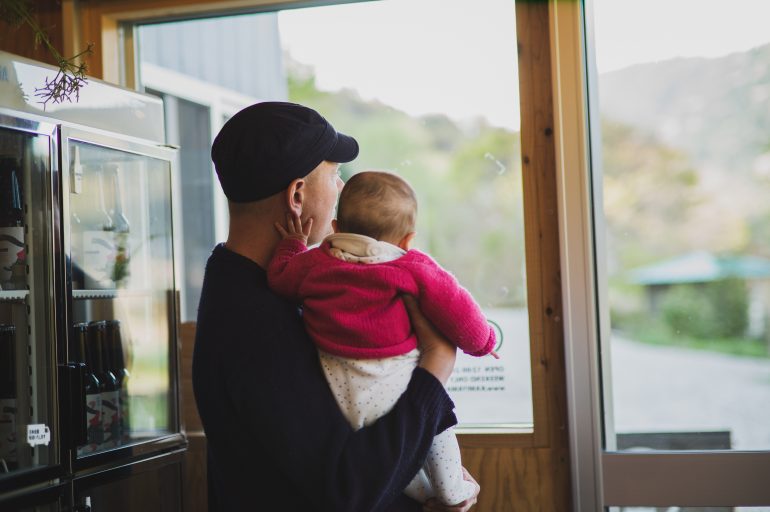
How would you like to raise your daughter?
ManusWith a free spirit. Every parent says they want their children to be happy and healthy. Of course, I want that too, but I want her to grow up with an open mind, and so that she is free to express herself. No matter what she chooses.
How about yourself?
ManusI want the same. I want to have fun in this life. (laughs)
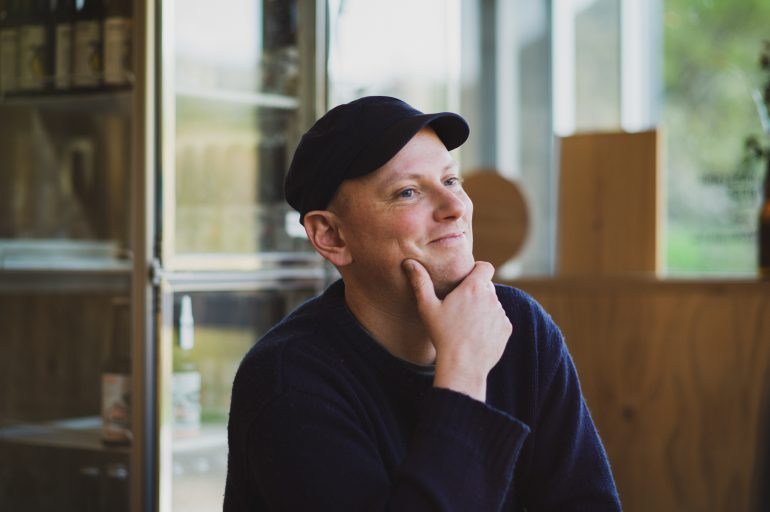
Let's hear from Manus’ partner Sayaka as well. She is an artist, and designs the labels for Kamiyama Beer and painted the walls of the building.
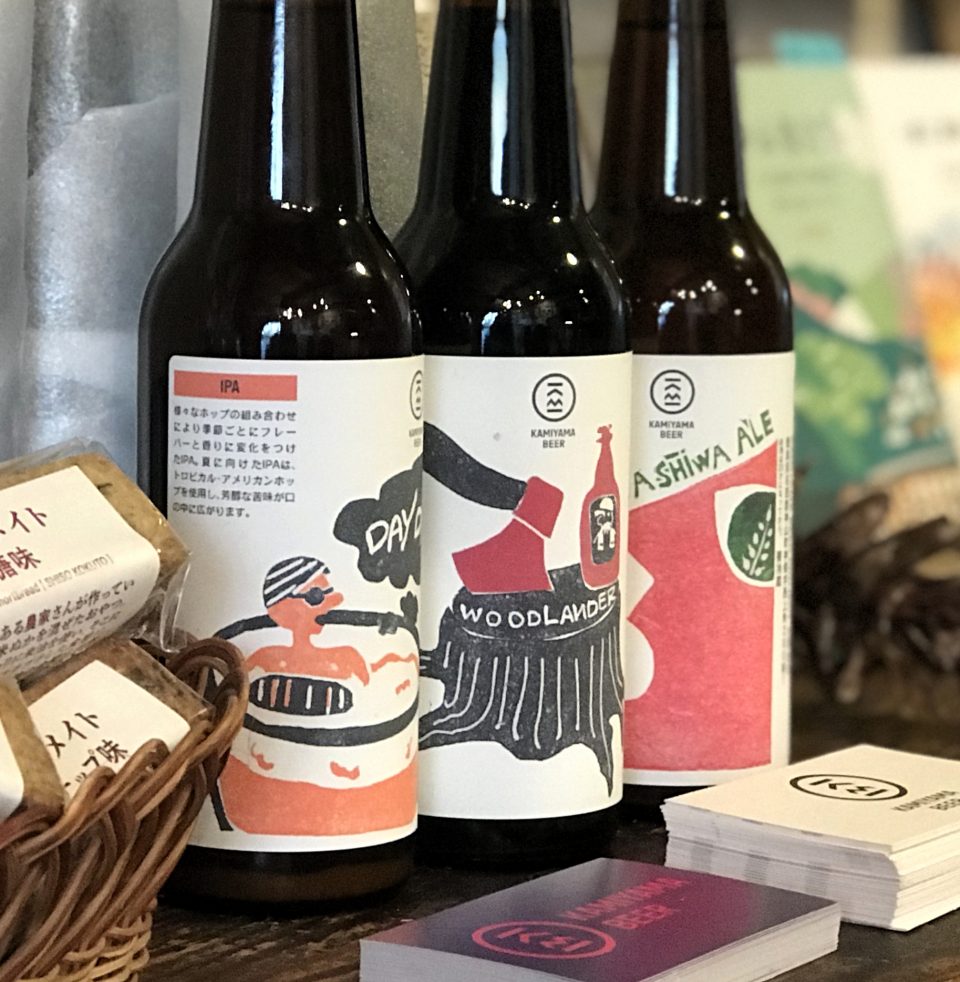
Photo: Yoshiaki Nishimura
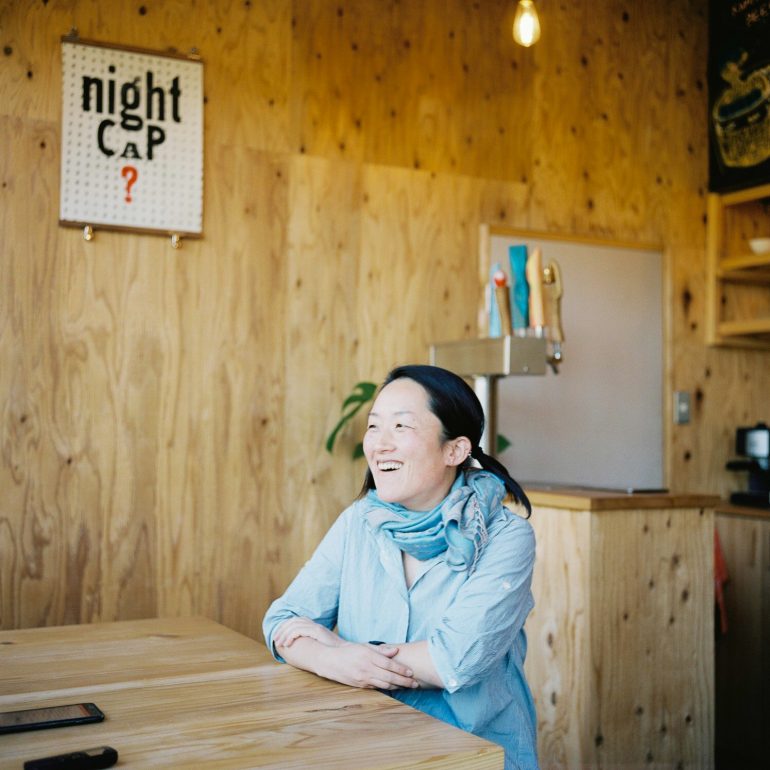
SayakaI was born in Mie prefecture. Right now I work with Manus at the brewery. I also operate the Kamiyama Makerspace*4 with my friends, and I teach high school students how to make things there. I also come up with new projects, and make paintings. I sometimes work alone and other times I do things together with other people in the community. It all overlaps.
How did you first encounter Kamiyama?
SayakaIt was six years ago with KAIR (2013). It was fun. The time passed so fast. I got involved with so many people and we made art together, and that was something I had wanted to do, so I didn’t have any time to do any typical sightseeing things.
How did you meet Manus?
SayakaWe go way back. I met him about seven years before KAIR. I was living in Amsterdam, and we met when eating dinner with a friend of a friend of a friend. I thought he was a really interesting, nice guy, but he had plans to travel around Asia for a year. We met, but then he left.
Then about half a year later, I met up with him in Vietnam. I went back to the Netherlands after that, and then when he was in Japan we travelled together a bit more.
And at that time you’d been in the Netherlands for…
SayakaIt was exactly two years. I graduated from art school in Tokyo, but I didn’t want to go back to my hometown. I wanted to go further away than Tokyo, so I went to look at art schools in Europe. I wanted to experience a different society, and I wanted to find out what sort of art was there. I figured going as a student was a quick way to do that.
I visited other countries as well, but I settled on the Netherlands because the people there were open yet critical. They will directly tell you, “that's no good” or “I don't understand this” and so I thought it would be a good place to study.
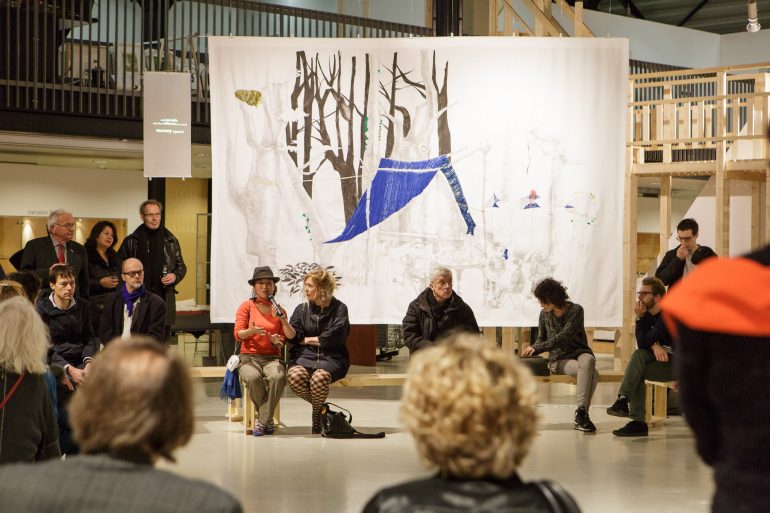
Photo: Ayako Nishibori
Even after I came to Kamiyama, I met a lot of Dutch people. When I was on KAIR in 2013, another artist who came was Nik Christensen. Then I met Wytske van Keulen. Some people I met turned out to actually live quite close to my home in Amsterdam. For some reason my Dutch community grew in Kamiyama. I began to see a complicated side of the Netherlands that I didn't see when I was a student, and my impression now is different than the one I had at first.
What do you think of Manus making beer here?
SayakaI think, wow you can really do it! (laughs) He’s a pretty shy, introverted person, and he’s not really the type to be outgoing, but when he began coming to Kamiyama he changed little by little. I think he has always liked meeting and talking with people, but he has gotten so he doesn't need to use me to communicate with people here in Japan.
Even when we go back overseas, we think about people and talk together like, “I wonder what that person is up to” and “I wonder how that person is doing.” Manus himself has begun going on his own to visit people. Kamiyama has become a place for us where, like Amsterdam, we can both get around independently of one another. I think he really progressed a lot in these past two years. He’s no longer this person who stands behind me and needs me to interpret for him, but he’s his own self who the local people interact with personally.
I think it’s because of the brewery that he is finding meaning and enjoyment in his work. I think he has really grown as a person.
I think that’s what I mean when I say “you really can do it.”
For myself and for Manus as well, I feel like in this place a foreigner isn’t a distant concept but an individual person, and that’s really great.
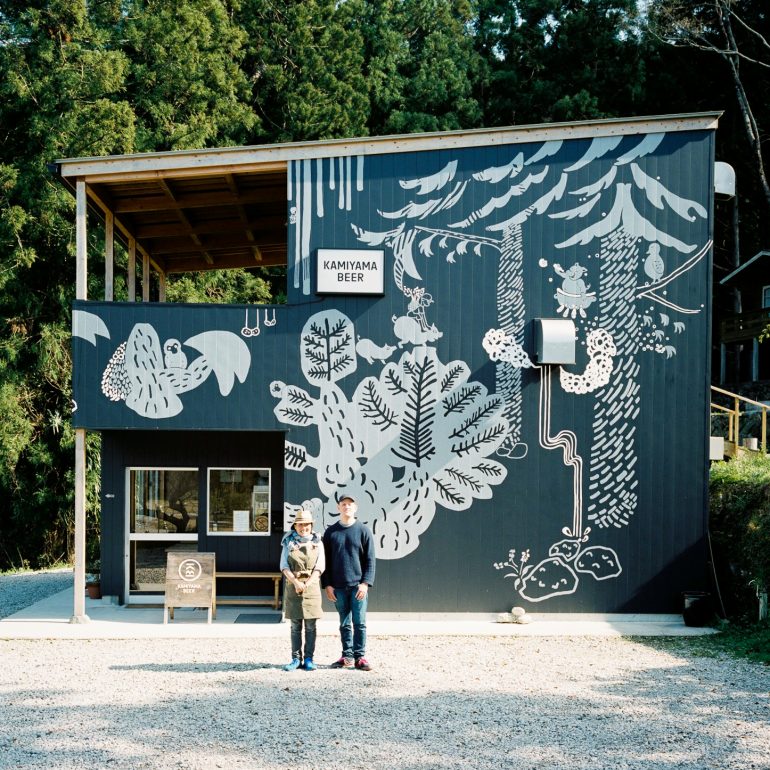
LINKS
*1 Kamiyama Beer (articles in In-Kamiyama)
*2 Kamiyama Artist in Residence (KAIR)
*3 KAIR/Bed & Studio
*4 Kamiyama Makerspace
Please confirm the current information from the link above (April 6, 2020)
A message from everyone at NPO Green Valley and Kamiyama Tsunagu Corporation:
We're thinking of our friends around the world as COVID-19 affects us all. Let's stay in touch online until we can safely meet again.
Text: Yoshiaki Nishimura, Photography: Masataka Namazu
English Translation: Claire Tanaka
Production cooperation: Mie Manabe, Keiko Kudo, Aya Fujimoto
Planning and production: Kamiyama Tsunagu Corporation

